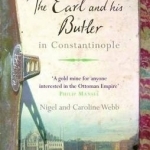
Earl and His Butler in Constantinople: The Secret Diary of an English Servant Among the Ottomans
Nigel R. Webb and Caroline Webb
Book
George Hay, 8th Earl of Kinnoull, was an unconventional ambassador. A Scottish aristocrat who had...
Performing Spaces: Triumphal Entries and Festivals in Early Modern Scotland
Book
Based on a comprehensive interpretation and comparison of the existing sources - including city...

Directory of the Railway Companies of Great Britain
Book
The Directory of the Railway Companies of Great Britain is a record of all the companies who sought...
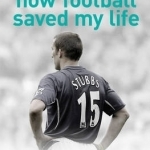
How Football Saved My Life
Book
The day had gone badly: Celtic had just lost to their Old Firm rivals Rangers in the 1999 Scottish...

Inspections and Reports on Dwellings: Reporting for Buyers
Ian A. Melville and Ian Angus Gordon
Book
This new edition of Reporting for Buyers provides guidance for the surveyor on setting out the...

River Forth: From Source to Sea
Richard Happer and Mark Steward
Book
The Forth packs more interesting historical and geographical attractions into its relatively short...
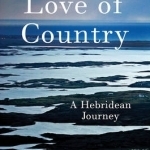
Love of Country: A Hebridean Journey
Book
Few landscapes are as iconic as the islands off the north-western Scottish coast. On the outer edge...
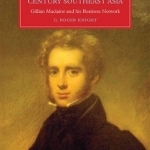
Trade and Empire in Early Nineteenth-Century Southeast Asia: Gillian Maclaine and His Business Network
Book
This book explores European mercantile activity in Southeast Asia at a time when trade in this part...
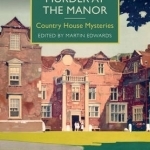
Murder at the Manor: Country House Mysteries
Book
The English country house is an iconic setting for some of the greatest British crime fiction. Short...
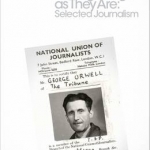
Seeing Things as They are: Selected Journalism and Other Writings
Book
'This selection is a ceaseless delight ...there is a treat on almost every page' Daily Telegraph...
